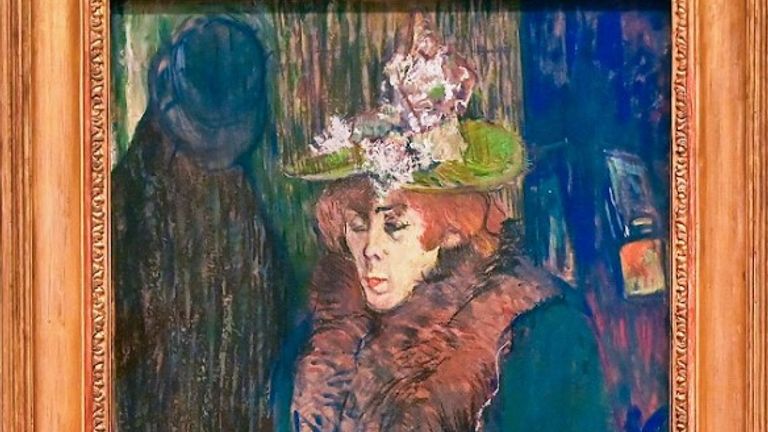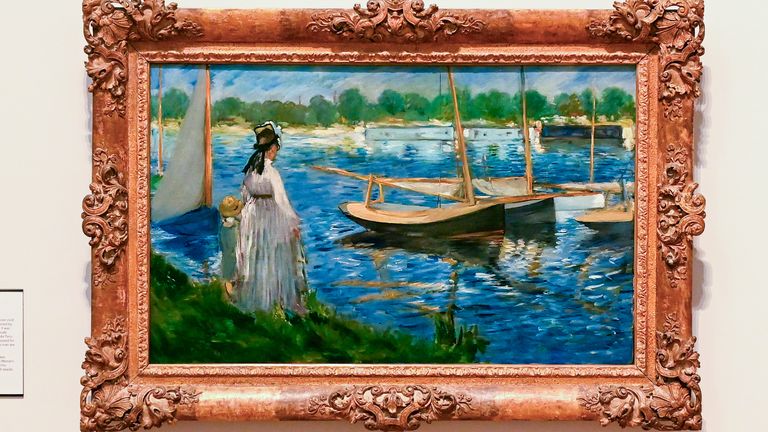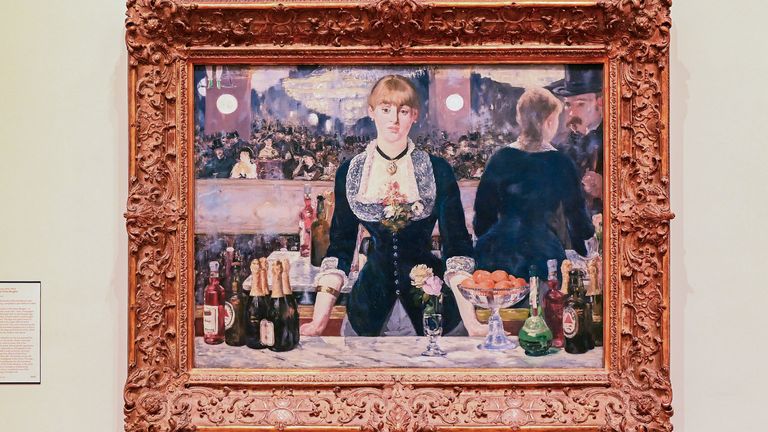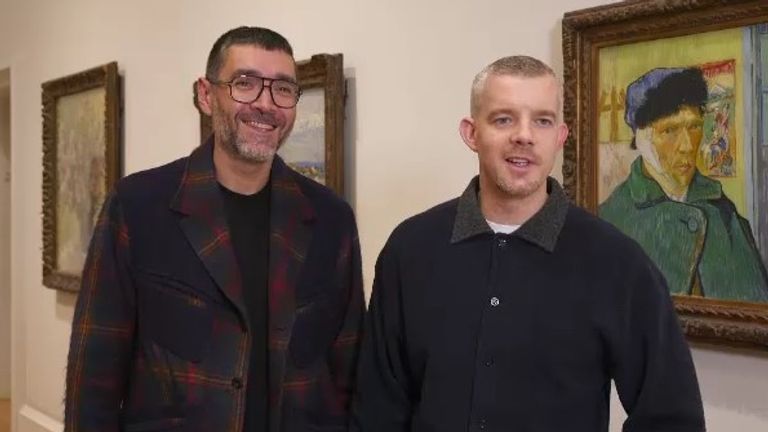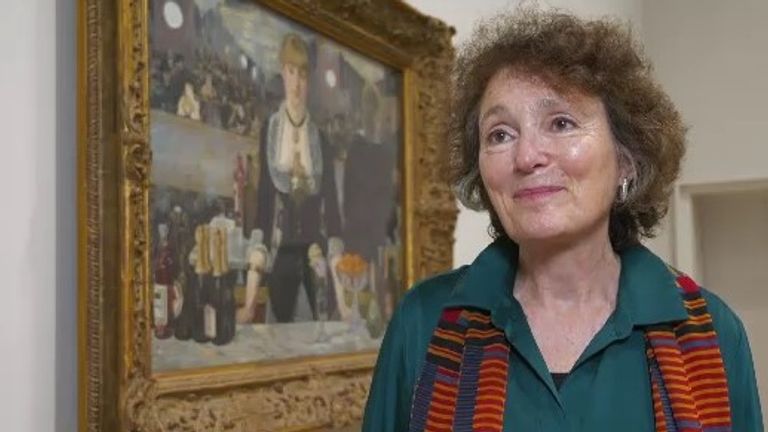Culture lovers have long believed in the healing power art. Now, science has caught up, with new research showing it has measurable benefits on the body.
A study from King’s College London has found that looking at original artworks, in a gallery, doesn’t just lift us emotionally – it also has a positive impact on our physical health.
Fifty people aged between 18 and 40 were shown art by a selection of leading 19th-century artists: Toulouse-Lautrec, Manet, van Gogh and Gauguin.
Participants viewed five paintings for three minutes each, in a 20-minute session.
But while half viewed the original paintings in the Courtauld Gallery in London, the others looked at reproductions in a neutral setting.
Their heart rates and skin temperature were measured with research-grade digital watches to indicate levels of interest and arousal, and saliva samples were taken with swabs before and after the session to measure stress hormones.
The results in those looking at the results in the gallery were significant, and immediate: The stress hormone cortisol fell by 22% and inflammatory markers linked to health problems including heart disease, diabetes and depression were reduced by as much as 30%.
No change was observed in the reproduction group.
Dr Tony Woods of King’s College London, who was the study’s lead researcher, told Sky News: “The magnitude of the difference between being in here and looking at the real art, looking at the copies in the laboratory, the difference between the two participant groups was quite enormous.”
It’s good news for the NHS, which is increasing its use of social prescribing, which can include visits to galleries.
Dr Woods went on: “The government’s health strategy is all about prevention. And this is a gift to [Health Secretary] Wes Streeting. Art is very well worth investing in because of the return on investment – it will keep people out of hospitals.”
Over one and a half million people in the UK accessed social prescribing between September and August this year across the UK, and NHS England told Sky News their ambition is to make it available to every person in England.
Dr Woods says the next steps of the study will be to find out how long the positive effects last, and research further into the effects of art on older participants.
Russell Tovey, actor, art lover and co-host of Talk Art, chatted to Sky News about his favourite piece at the gallery – van Gogh’s Self-Portrait with Bandaged Ear (1889).
Tovey jokes: “Look at this painting here. It’s quite a troublesome picture, especially for me with my ears…
“But you can look at the surface and the way that he makes brushstrokes and the scale of the things and the colour he used. And you think about his life at the time and where he was living, and all those questions and answers will reveal the painting.”
Tovey adds: “Art is intrinsic to humanity,” and “shows us who we are”.
And now with the new findings, the hope is that gallery visits will be considered just as good as your ‘five-a-day’.
Tovey goes on: “It’s good for your health, it’s beneficial to your mental health and to your wellbeing to be in a museum and to be around art…
“If you eat well, go to the gym and go to a regular art gallery visit, then your health will be through the roof.”
Tovey’s podcast co-host, gallery owner Robert Diament, agrees: “I think it’s really important just to slow down a bit. Going to a museum or gallery can be part of your self-care routine… It will improve your life.”
Amid rising costs, reduced funding and dwindling visitor numbers, the findings could also provide a boost to galleries.
Jenny Waldman, Art Fund director, told Sky News: “These museums and galleries were set up in all cities and towns by people, you know, hundreds of years ago, who felt that it was good for people. So, this is the evidence, finally, that they were right.”
The national charity for museums and galleries, Art Fund champions art around the country, with initiatives including the National Art Pass which offers free or discounted entry to hundreds of museums, galleries and historic places around the UK.
So, what do gallery visitors think of the news that their time looking at art will positively impact their wellbeing?
Charlie, 10, from London said: “It makes me feel quite calm, and it draws me in.”
His dad Patrick, who had brought Charlie with his two young brothers to see the exhibition, added: “Looking at them on screens, or even in books, you just don’t get the full impression.”
Taeseok, an arts student from Amsterdam visiting the UK for the first time, said it felt good to stand and focus on just one thing, with no distractions. He summed it up: “Things around you start to not matter at all… It’s just you and the artwork.”
Re-framed as a course of treatment instead of an indulgent pastime, could the hard edge of science change the role galleries play in society?
If so, it could be a fitting reminder to the government of the true power of art, at a time when so many institutions are struggling to survive.



